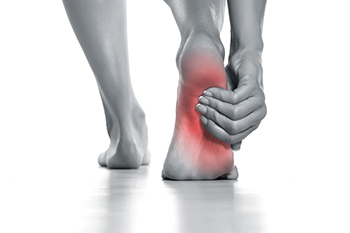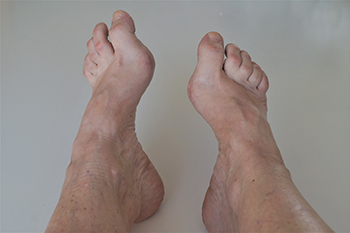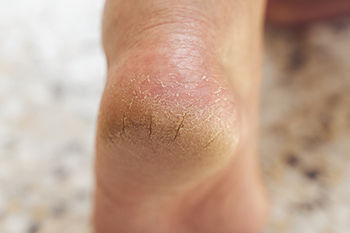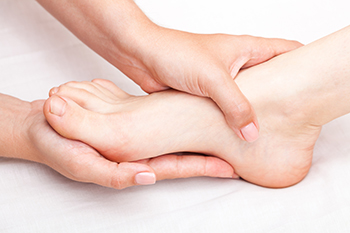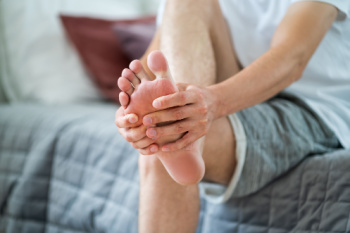
Gout pain, a form of inflammatory arthritis, manifests as intense discomfort characterized by sudden, severe joint pain, typically affecting the big toe. Described as excruciating, stabbing, or throbbing, gout pain often strikes unexpectedly and can be debilitating, making even the slightest movement agonizing. The affected joint becomes swollen, tender, and warm to the touch, with the pain reaching its peak within a few hours. Gout attacks frequently occur at night, disrupting sleep and causing considerable distress. Beyond the big toe, gout can also affect joints such as the ankles, knees, wrists, and fingers, causing similar symptoms. The pain associated with gout can persist for days or weeks, gradually subsiding with proper treatment and management. Factors like diet, lifestyle choices, genetics, and underlying health conditions can influence the frequency and severity of gout attacks. Recognizing the distinct sensation of gout pain is essential for timely diagnosis and effective management. If you have had one or more gout attacks, it is suggested that you are under the care of a podiatrist who can help you manage this condition.
Gout is a painful condition that can be treated. If you are seeking treatment, contact Frank Henry, DPM from Marble Falls, TX. Our doctor will treat your foot and ankle needs.
What Is Gout?
Gout is a form of arthritis that is characterized by sudden, severe attacks of pain, redness, and tenderness in the joints. The condition usually affects the joint at the base of the big toe. A gout attack can occur at any random time, such as the middle of the night while you are asleep.
Symptoms
- Intense Joint Pain - Usually around the large joint of your big toe, and it most severe within the first four to twelve hours
- Lingering Discomfort - Joint discomfort may last from a few days to a few weeks
- Inflammation and Redness -Affected joints may become swollen, tender, warm and red
- Limited Range of Motion - May experience a decrease in joint mobility
Risk Factors
- Genetics - If family members have gout, you’re more likely to have it
- Medications - Diuretic medications can raise uric acid levels
- Gender/Age - Gout is more common in men until the age of 60. It is believed that estrogen protects women until that point
- Diet - Eating red meat and shellfish increases your risk
- Alcohol - Having more than two alcoholic drinks per day increases your risk
- Obesity - Obese people are at a higher risk for gout
Prior to visiting your podiatrist to receive treatment for gout, there are a few things you should do beforehand. If you have gout you should write down your symptoms--including when they started and how often you experience them, important medical information you may have, and any questions you may have. Writing down these three things will help your podiatrist in assessing your specific situation so that he or she may provide the best route of treatment for you.
If you have any questions, please feel free to contact our office located in Marble Falls, TX . We offer the newest diagnostic and treatment technologies for all your foot care needs.

